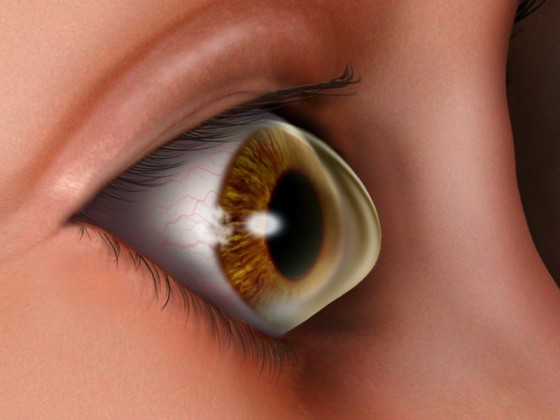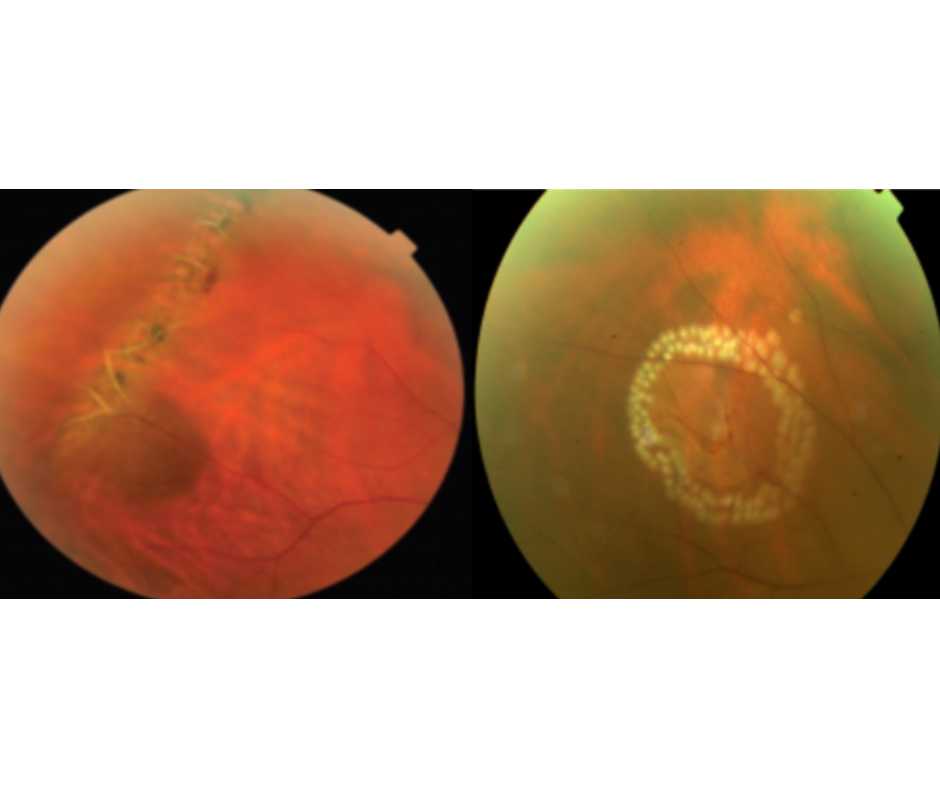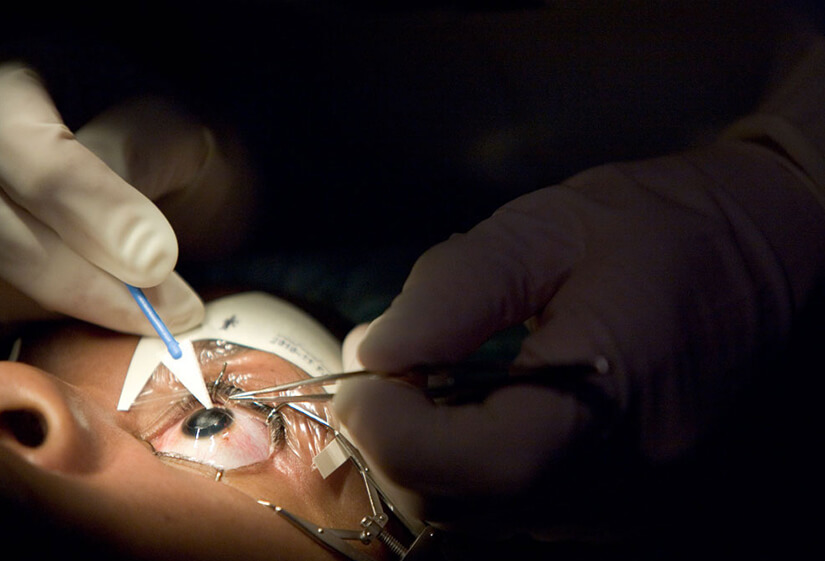Keratoconus is a progressive eye disorder where the cornea, the clear front surface of the eye, thins and gradually bulges outward into a cone shape. This abnormal shape distorts vision, causing significant visual impairment. It typically affects both eyes, although the severity may differ between them.

Symptoms of Keratoconus eyes:
- Blurred or distorted vision
- Increased sensitivity to light (photophobia)
- Frequent changes in eyeglass or contact lens prescription
- Ghosting or multiple images in vision (monocular diplopia)
- Eye strain and discomfort, especially when trying to focus
- Progressive worsening of vision over time
Causes of Keratoconus eyes:
- Genetic predisposition: Family history of keratoconus increases the risk.
- Structural weakness in the corneal tissue
- Excessive eye rubbing, particularly in individuals with allergies
- Chronic eye irritation and inflammation
- Hormonal changes, such as those occurring during puberty or pregnancy
Diagnosis of Keratoconus:
In the typical assessment process, eye care professionals conduct a visual acuity test alongside a slit-lamp examination to assess the shape and thickness of the cornea. Following this, they employ corneal topography to create a detailed map of the cornea’s curvature. Subsequently, they utilize pachymetry to measure the thickness of the cornea, providing comprehensive insights into the condition.
Treatment for Keratoconus:
Initially, eyeglasses or soft contact lenses may suffice to correct vision. However, as the condition progresses, rigid gas permeable (RGP) contact lenses offer better visual acuity by creating a smooth refractive surface over the cornea. Alternatively, scleral lenses, which are larger in size, vault over the cornea, providing enhanced comfort and vision for some individuals. For those experiencing keratoconus, corneal cross-linking presents a minimally invasive procedure that strengthens the cornea, aiming to slow or halt its progression. Additionally, Intacs, small crescent-shaped implants, can be inserted into the cornea to flatten its curvature and improve vision
Author Details:
Dr. Sushruth Appajigowda holds a prominent position as a Cornea, Cataract, Glaucoma, and LASIK Surgeon in Bangalore. He serves as the chief Cataract and Refractive surgeon at Vijaya Nethralaya Eye Hospital, Nagarbhavi Bangalore. Renowned as one of the finest LASIK surgeons nationwide, he brings with him over 12+ years of experience across multiple LASIK platforms, including ZEISS, ALCON, SCHWIND, AMO, and Bausch and Lomb. Having successfully conducted over 5000 LASIK procedures, Dr. Sushruth holds the title of a Certified Refractive Surgeon and a Fellow of the All India Collegium Of Ophthalmology. Furthermore, he stands as a distinguished speaker at various National and International Forums, using his expertise to guide you in selecting the most suitable procedure based on your health requirements.

Lhttp://vijayanethralaya.com/link-in-bio/
Conclusion:
Keratoconus is a challenging eye condition that requires prompt diagnosis and appropriate management to preserve vision and quality of life. By understanding its symptoms, causes, and available treatment options, individuals affected by keratoconus can make informed decisions in consultation with their eye care professionals. Moreover, recognizing the symptoms early on can significantly aid in timely intervention and treatment. Additionally, understanding the underlying causes helps in developing tailored treatment plans. Furthermore, staying informed about the various treatment options empowers patients to actively participate in their care and explore the most suitable approaches in collaboration with their healthcare providers.











